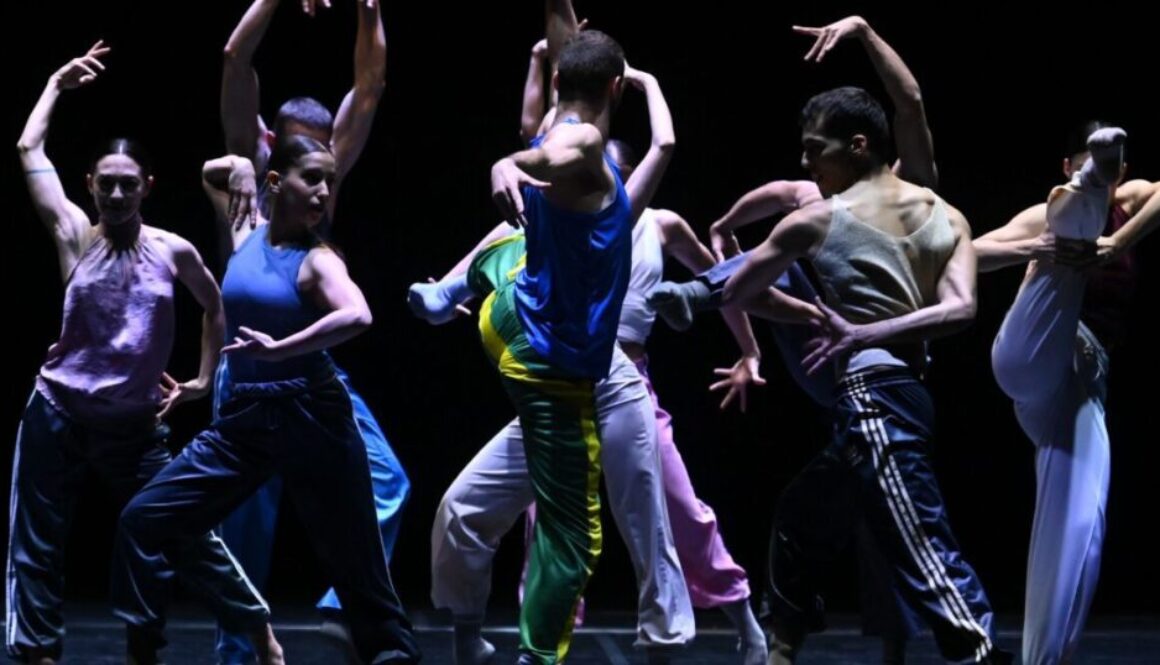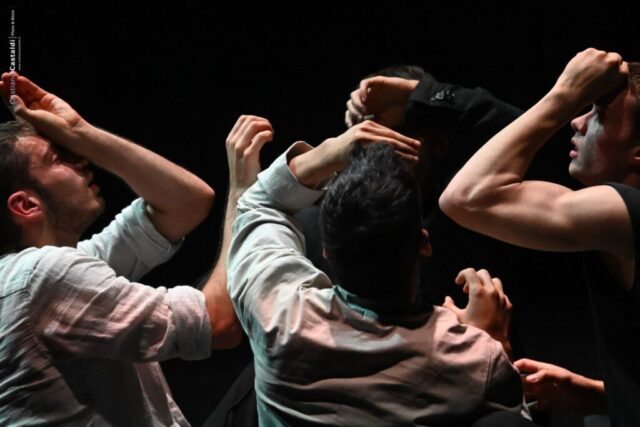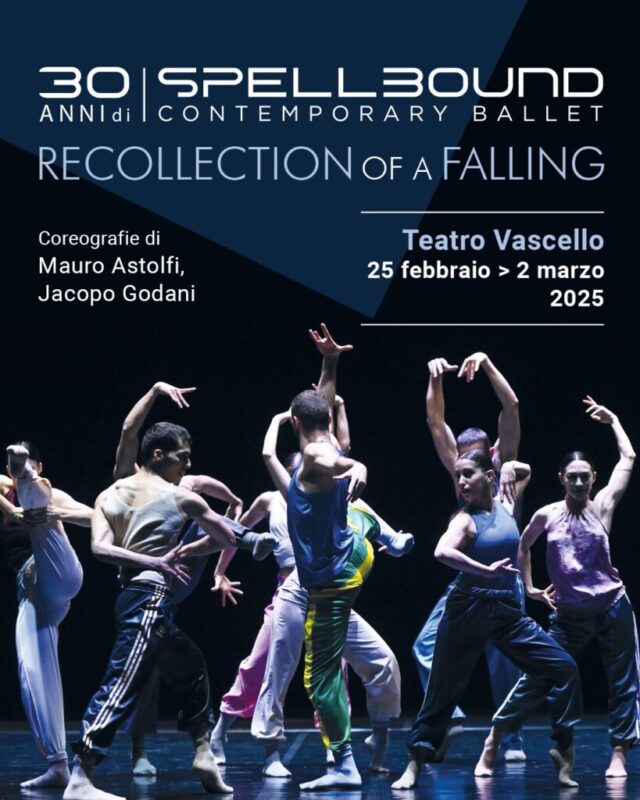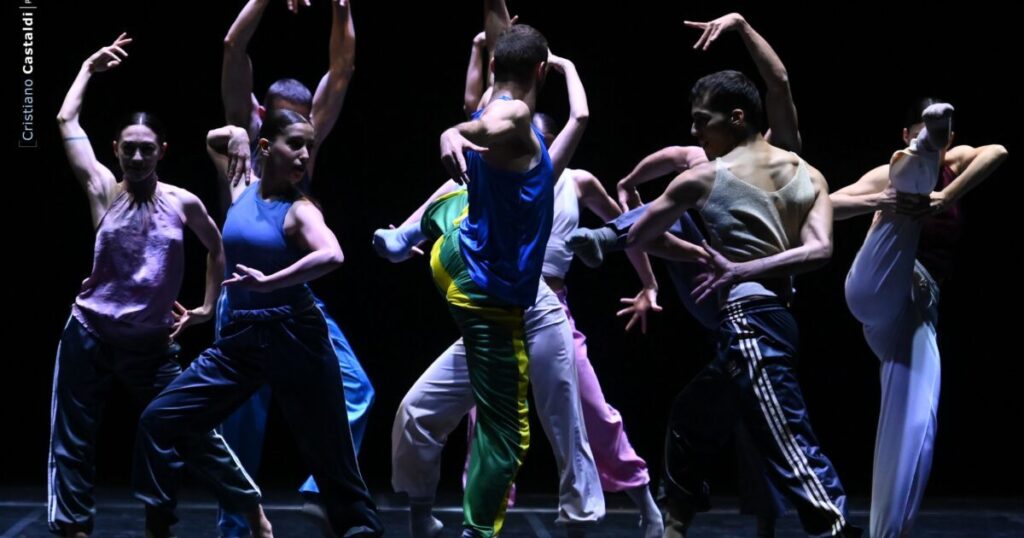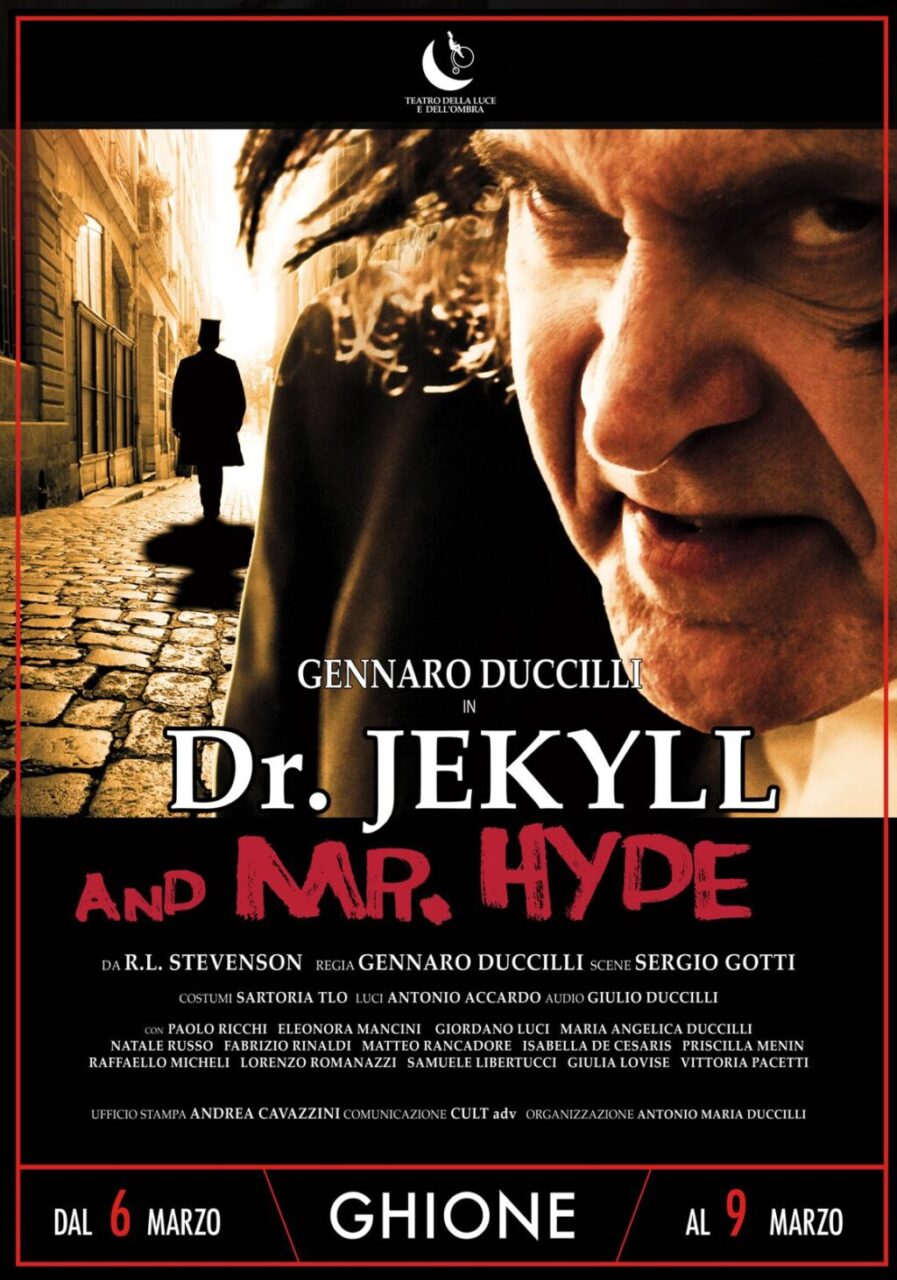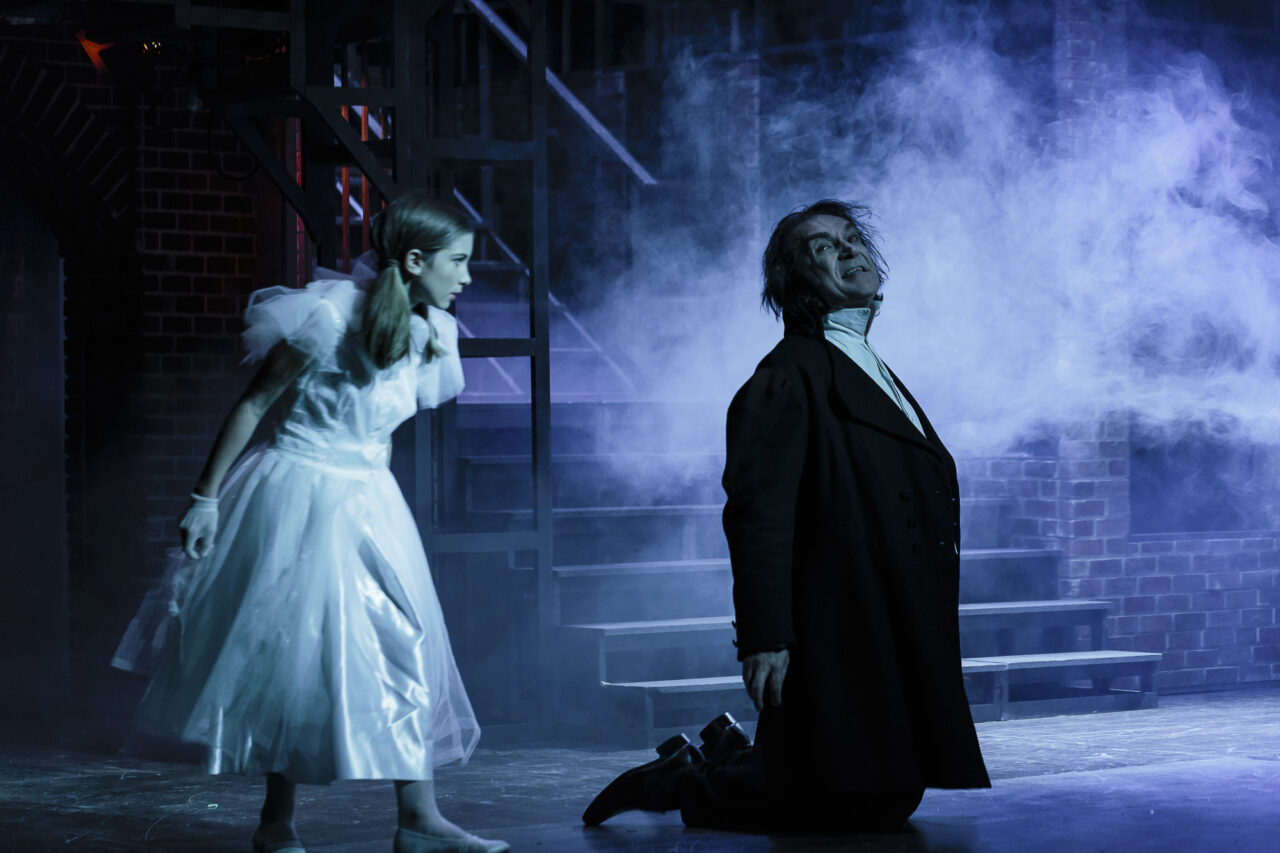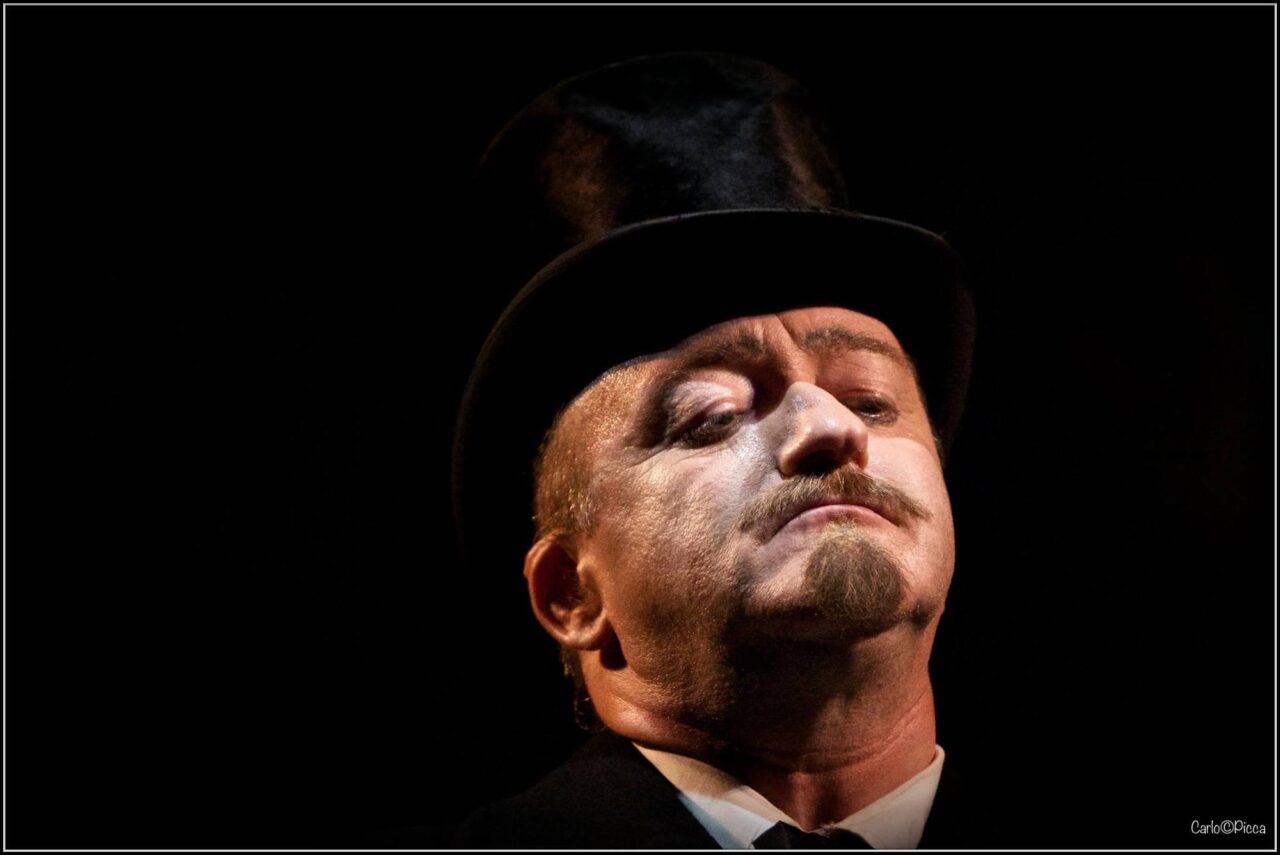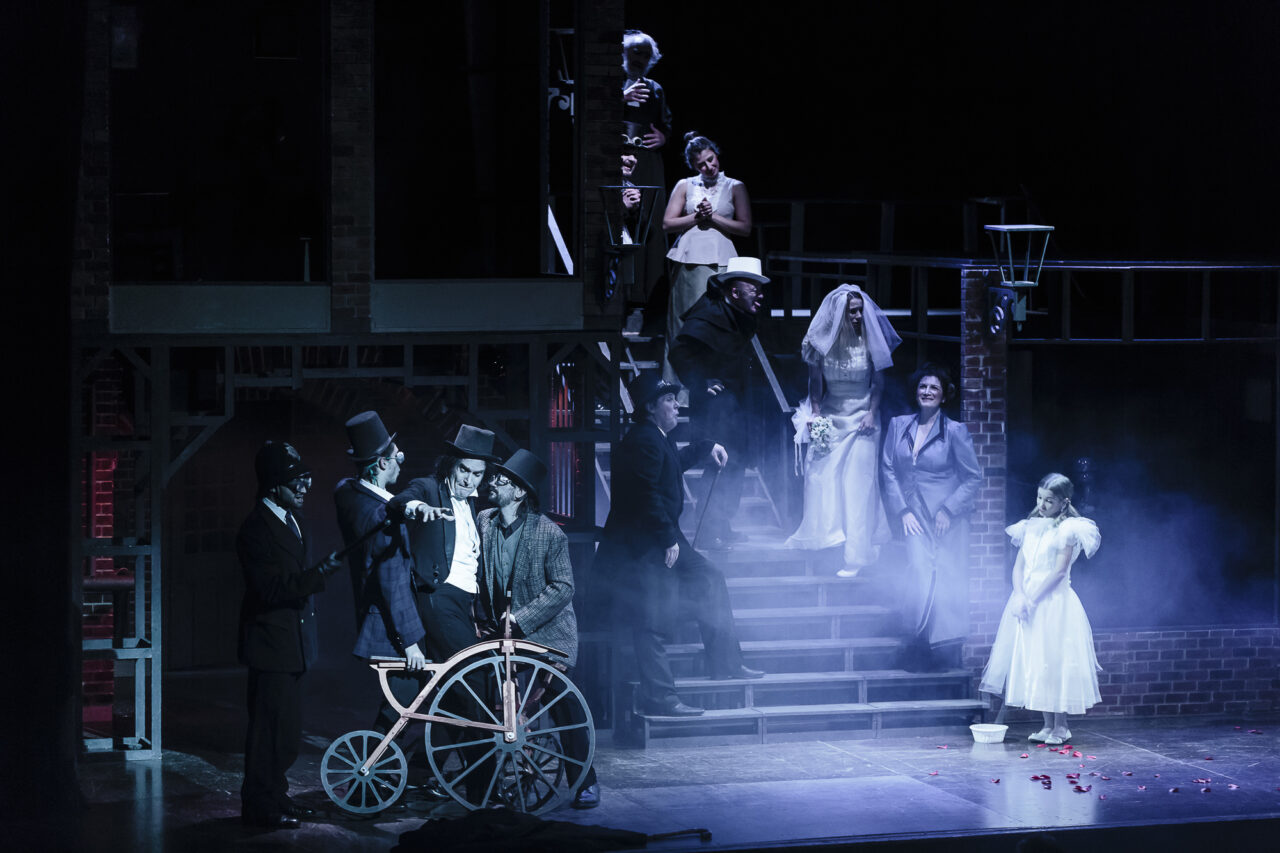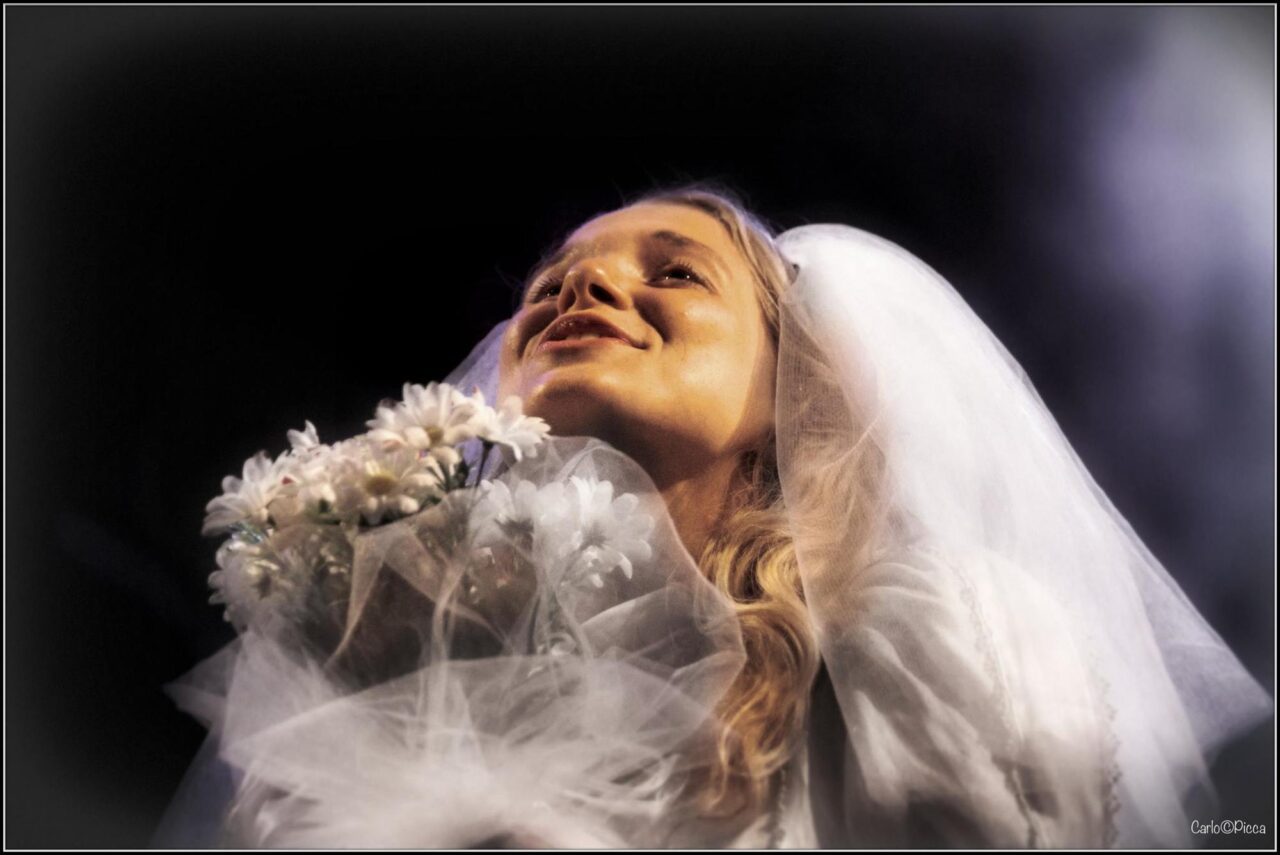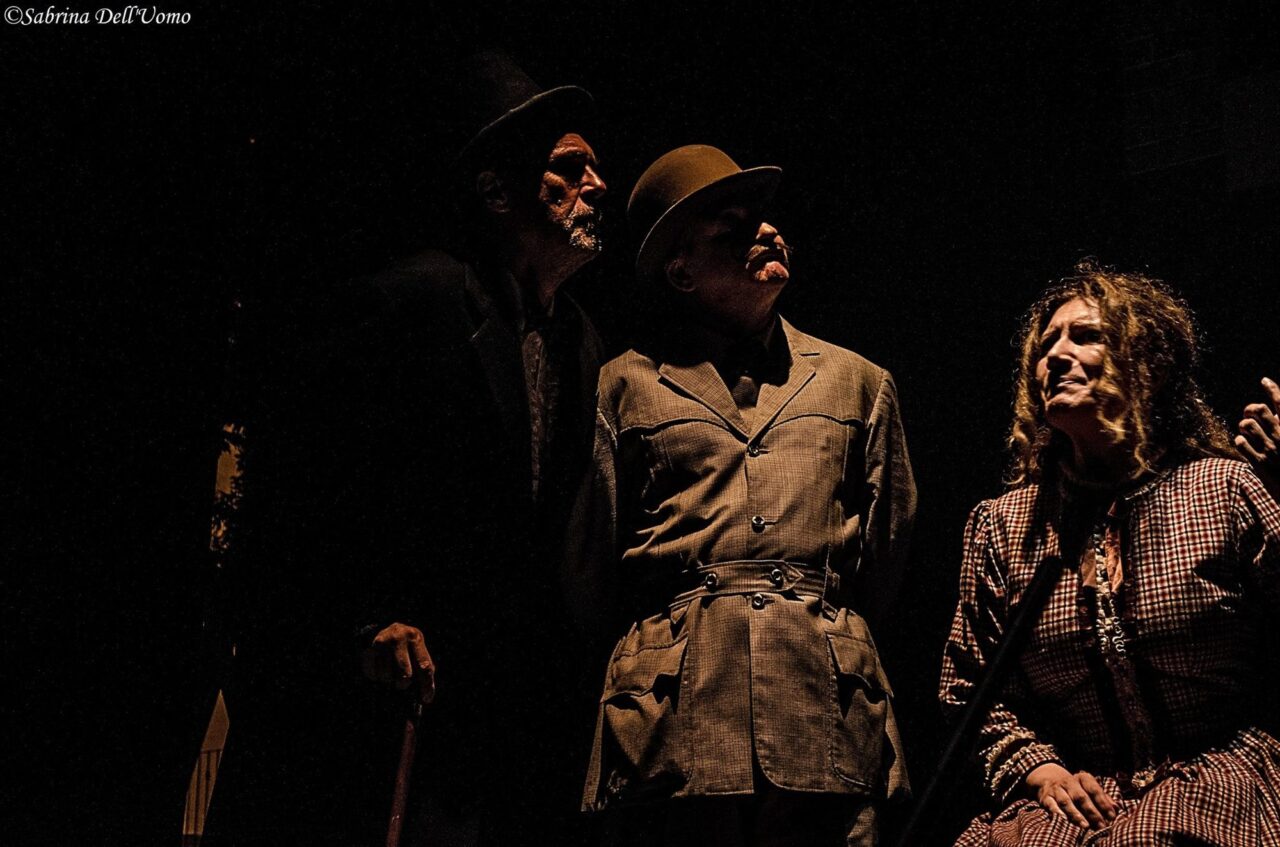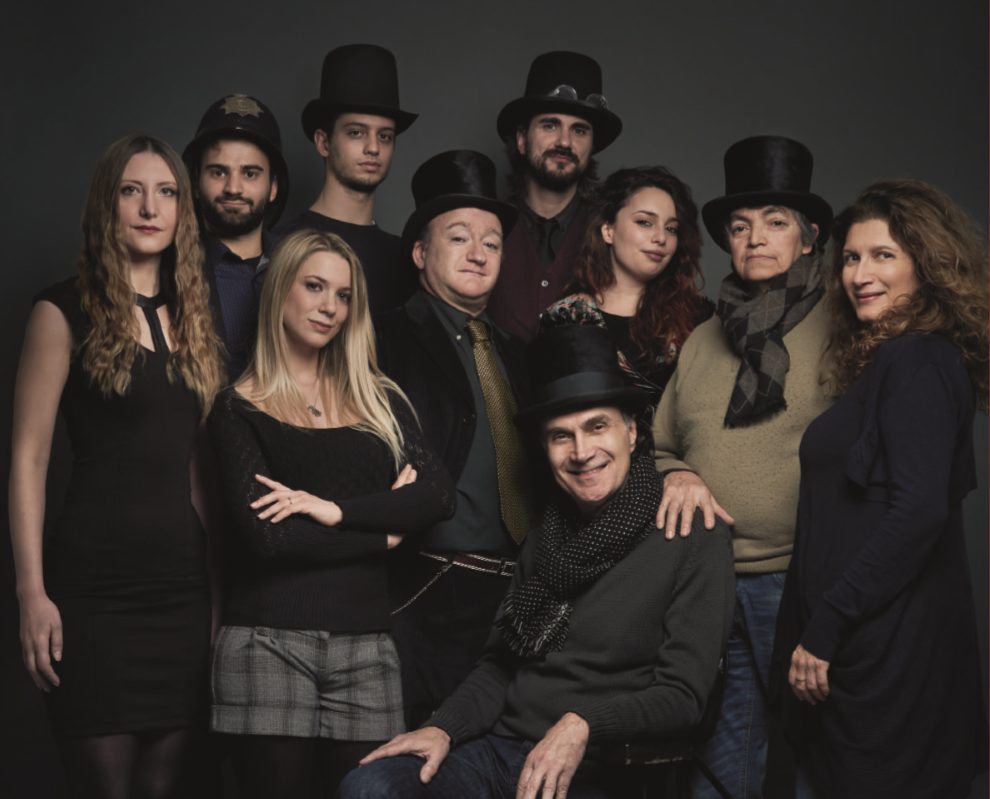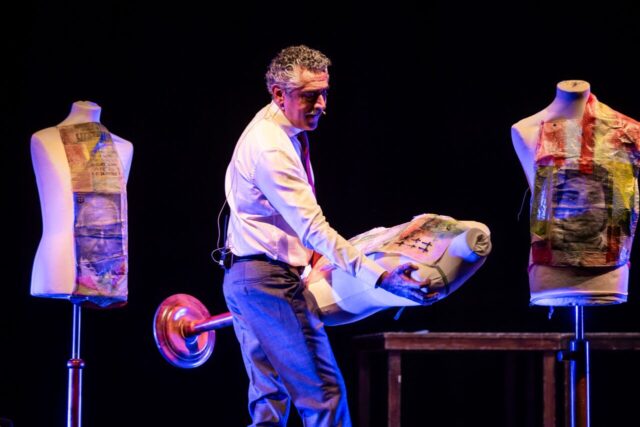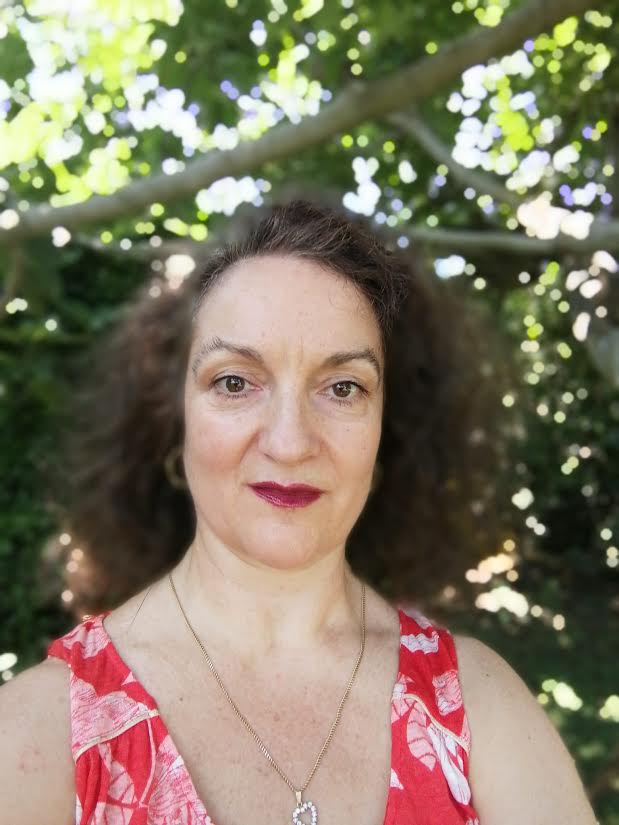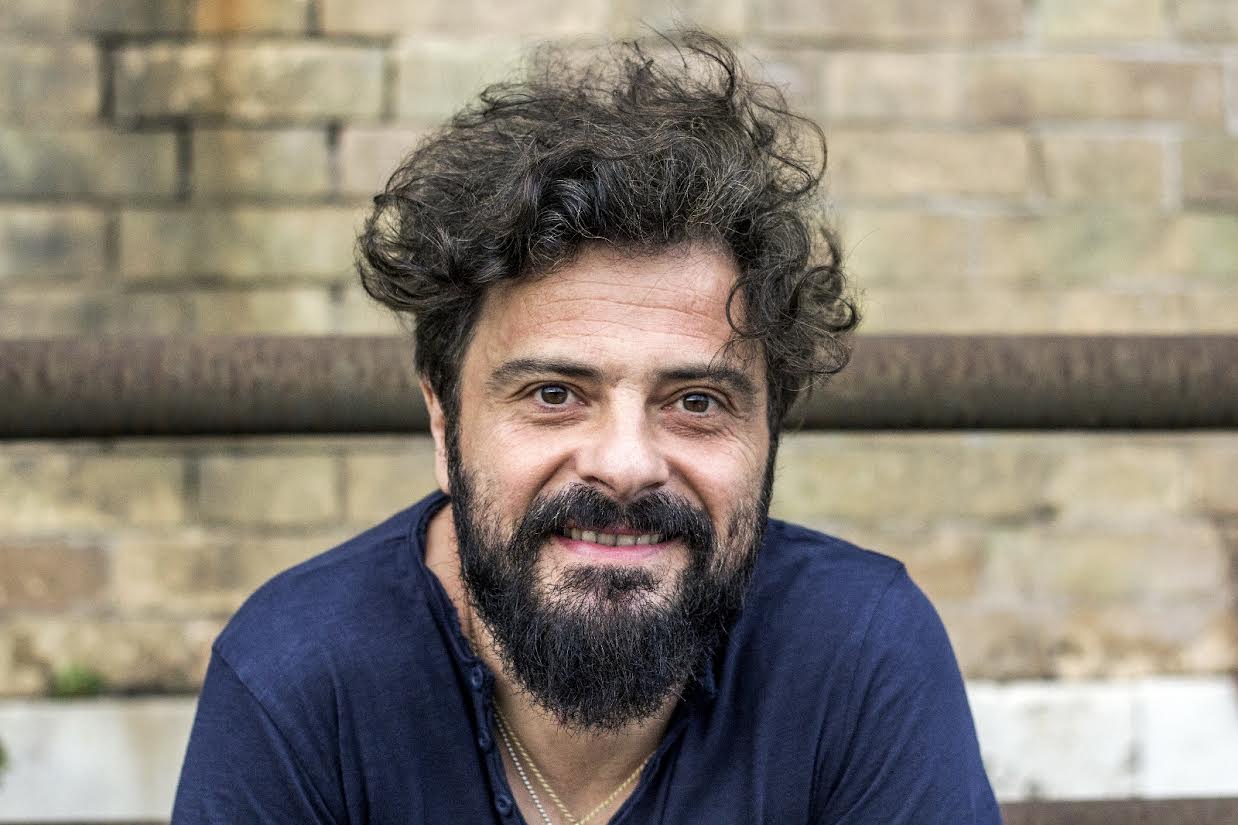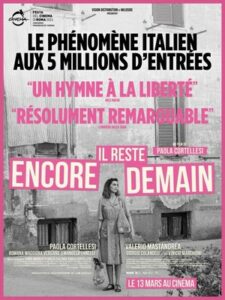Pescara-“Ines e le altre” al Museo delle Genti d’Abruzzo la mostra di Primarosa Cesarini Sforza-Biblioteca DEA SABINA
Biblioteca DEA SABINA
Pescara-“Ines e le altre” al Museo delle Genti d’Abruzzo la mostra di Primarosa Cesarini Sforza-
Pescara, 25 febbraio 2025- Al Museo delle Genti d’Abruzzo la mostra di Primarosa Cesarini Sforza.Le sue dimensioni sono il segno e il tempo, combinate in un percorso che diventa emozione, racconto, visione. Sarà inaugurata sabato 1 marzo, alle ore 18, nelle sale del Museo delle Genti d’Abruzzo ,la personale dell’artista Primarosa Cesarini Sforza “Ines e le altre”, curata da Mariano Cipollini.
Un viaggio in un universo creativo che si rigenera attraverso l’utilizzo di tecniche originali e raffinate, materiali evocativi, espressione di una sensibilità che non mantiene il ricordo come citazione retorica, ma lo acquisisce come elemento di un presente in continua evoluzione.

“La memoria, sicuramente presente nelle sue opere – sottolinea infatti nelle note critiche il curatore Mariano Cipollini – non ha né valenza archeologica, né assume struttura cronologica portante. In buona parte resta depositaria di un’iconografia efficace, necessaria quanto variabile, parallela al quotidiano, espressamente correlata al gesto creativo e svincolata dalla retorica della nostalgia.
Una storia iniziatica, un vero imprinting che ne ha favorito l’utilizzo a piacimento, in un tempo modificabile e funzionale alle sue esigenze.
Esperienze accordate con le sue sensibilità e le sue richieste. Con i tempi che, fin dagli esordi, scanditi dall’alternanza della luce e del buio, dai giochi favoriti dagli sguardi semplici e benevoli delle adulte, ne hanno amplificati i contenuti e costruito il bagaglio conoscitivo.”
Le opere sono il frutto di una ricerca artistica che guarda alla comunicazione con chi guarda attraverso un linguaggio capace di trasmettere un messaggio essenziale, facilmente comprensibile, una sorta di porta che favorisce lo scambio di conoscenze, che si incontrano per comprendere ed essere comprese.
Mariano Cipollini -Testo critico -Ines e le altre
La memoria è lo spazio virtuale tra i più fecondi nel quale operare il recupero di temi essenziali per costruire un esaustivo percorso d’arte, e non solo.
Il ricordo, sicuramente fonte inesauribile di argomenti, a volte, può rigenerarsi e trovare applicazioni insolite che danno ampio spazio alle considerazioni.
Nel caso di Primarosa Cesarini Sforza, si configura come un tassello necessario ma non prioritario, tanto da non rappresentare il punto focale per operare in seno alle arti visive.
Tale opinione, in apparenza discordante con la corposa documentazione critica che accompagna il lavoro dell’artista, nasce da alcune personali riflessioni.
Osservazioni che mi consentono di ipotizzare una collocazione non comune del ricordo, e un differente sistema applicativo all’interno del percorso artistico e personale.
La forza interventista della sua personalità, combinata a una relazione preponderante tra l’osservazione e il saper cogliere le versatilità potenziali dell’osservato, le consente di concepire l’accoglienza, nel senso più vasto del termine: punto d’incontro delle sue esperienze, luogo tanto virtuale quanto geografico, pronto a modificare nella sostanza il processo relazionale tra le conoscenze e il tempo che le distanzia.

Prerogativa insolita quanto fortuita, nella quale far convergere le innumerevoli annotazioni per costruire il collegamento risolutivo tra la donna e l’artista.
Ambito che amalgama le peculiarità in cui il tempo ha valore sommatorio e non sedimentante all’interno di un programma di vita, che diventa luogo deputato nel quale far convergere gli interessi essenziali del suo far arte.
Un corpo unico che le consente di accostarsi al cenacolo artistico con una visione possibilista e prendere in considerazione una quantità vasta di argomenti.
Temi che vanno a soddisfare sia il processo creativo, sia la struttura portante del pensiero che ne è il motore.
Osservando i suoi lavori, più che riferirsi a un recupero di storie o emozioni derivanti in buona parte dal passato, penso, piuttosto, che si possa parlare di trascrizioni a getto continuo, generate da una singolare struttura pensante, ben modellate da un’ infanzia formativa trascorsa positivamente.
Una risultante tra la sua essenza priva di condizionamenti e una libertà, o vita liberamente condotta, in una natura benigna che l’ha accolta, un regalo casuale dettato dalle circostanze.
Coincidenze formative che le hanno consentito e le consentono ancora di esprimersi attraverso uno stato di fatto determinato e libertario, in un tempo disposto a duplicare un alto numero di variabili che restano costanti, alternabili ed esentate dall’essere archiviate.
Le stesse collegate a un’affettività ad ampio raggio, in cui la memoria ne rigenera continuamente la figurazione, senza un prima o un poi.
Variabili che hanno fatto dell’addizione una costante narrativa.
Una sommatoria di esperienze e sperimentazioni in cui l’accumulo è trascrizione continua dei temi d’elezione. Sovrapposizione di argomenti utilizzabili all’occasione nel tempo.
Da qui la considerazione che la memoria, sicuramente presente nelle sue opere, non ha né valenza archeologica, né assume struttura cronologica portante. In buona parte resta depositaria di un’iconografia efficace, necessaria quanto variabile, parallela al quotidiano, espressamente correlata al gesto creativo e svincolata dalla retorica della nostalgia.
Una storia iniziatica, un vero imprinting che ne ha favorito l’utilizzo a piacimento, in un tempo modificabile e funzionale alle sue esigenze.
Esperienze accordate con le sue sensibilità e le sue richieste. Con i tempi che, fin dagli esordi, scanditi dall’alternanza della luce e del buio, dai giochi favoriti dagli sguardi semplici e benevoli delle adulte, ne hanno amplificati i contenuti e costruito il bagaglio conoscitivo.
Esperienze che, stimolate da una trasgressività benigna, qualità innata nella bambina e sviluppatasi poi nella donna, hanno fatto di Primarosa Cesarini Sforza l’artista che è.
Quest’aspetto mi porta a concepire il suo lavoro come un corpo unico fatto di pensiero, azione ed esperienze identificative. Un risultato possibilmente frazionabile non correlato necessariamente alle sedimentazioni del ricordo.
Le sue opere sono un serio rapporto tra le inclinazioni personali, la costruzione dello spazio di appartenenza, luogo preso in prestito da un mondo o dai mondi che vivendo ha verificato e in parte contribuito a costruire e la sana follia liberatoria che le concede di sentire il canto profondo della poetica dell’essere.
Passaggi verificabili.
Nei suoi lavori, tutto il “precedente” è continua presenza. Uno stato di fatto costante e ripetibile.
Una ramificazione che esalta le connessioni con il presente e le diverse interpretazioni che il sociale – collettività in modificazione – le consente di apportare in progressione.
Esperienze da annoverare come processo continuo generato dalla conoscenza, in cui la sedimentazione è addizione continua, non a esclusivo appannaggio della memoria.
Bagaglio il cui peso volatile non richiede di essere trascinato. Contenitore dilatabile in evoluzione, in cui il divenire è già passato prossimo è disponibile futuro a discapito della consecuzione cronologica del vissuto.
Visione possibilista che non depotenzia o sminuisce lo spessore artistico parco di legami esclusivamente temporali, tutto è un processo immune da confronti e affiliabili similitudini.
L’affettività rivolta al mondo circostante, composta da tutti gli elementi che ci segnala, evidenzia una coralità che non prevede primogeniture.
Un aspetto che le permette di considerare le affinità elettive e i temi d’elezione sullo stesso piano, liberandosi in tal modo da ogni dipendenza eventuale.
La benefica anarchia derivante non le consente di aderire a un momentaneo o definitivo movimento artistico che la metterebbe di fatto in una condizione subordinata che ne ridurrebbe lo spazio d’azione.
Adesioni non indispensabili in quanto non rispondenti a tutto quello da lei tutelato e promosso nel tempo.
Le installazioni che presenta sono un accostarsi ai movimenti delle “libere avanguardie”, senza necessitare di particolari etichette e scevre dall’essere autoreferenziali. Come i libri d’artista che incidono profondamente sulla costruzione avanzata di linguaggi differenziati, presi in prestito da altre discipline e rimodulate per l’occasione.
Stralci di partiture musicali, ritagli di carte variegate, scritti, disegni, tutto quello che ritiene indispensabile entra nel suo universo.
Energiche cuciture interattive.
Collegano archetipi differenziati, programmano esperienze visive, tattili e narrative rispondenti a una comunicazione trasversale della sua politica: “sottili” profili testamentari.
Resetta le singole letture, progetta interconnessioni che, partendo dal particolare, articolano un fonema promotore di evolute architetture linguistiche, le cui figurazioni generano pagine dalle collaudabili valenze iconiche.
Nella sua lunga e corposa esperienza artistica lo sguardo è il suo mentore e le empatie che ne derivano sono subordinate al qui e ora, noncuranti del pensiero altrui.
Materiali disparati, metalli, terrecotte, corde e feticci tribali, concorrono a ridisegnare condizioni esistenziali, sociali e politiche. Ogni singolo elemento può anche essere citazione dalla valenza puramente colloquiale.
L’insieme che costruisce è aderenza al presente, elemento di congiunzione tra le mancanze che rileva e il suo intuire, soluzioni probabili, non necessariamente risolutive.
Il segno continua ancora oggi a contenere la sua storia. Non ha mai smesso di assumere sembianze differenti pur di accordare loro i giusti riferimenti narrativi.
Fatto di grafite o inchiostro, colore o tracciato di funi, fili, ombre proiettate e proiettabili, attraverso congiunzioni di materiali differenti è un rinnovato vocabolario, perenne tramite che la collega a noi e alle nostre esperienze visive e cognitive.
Vero e proprio filo.
Tessuto o intrecciato, costruisce la struttura dell’impianto compositivo.
“Dimensioni”, tecniche miste, nel cui interno convergono apporti tecnici differenti finalizzati alla trascrizione della relazione parentale che la lega a una natura che è “Casa”.
Impianto scenico cristallizzato che sancisce un tacito accordo tra una collaudata manualità e una figurazione onirica tanto benefica quanto evocatrice. Rivincita di un manufatto che sdogana gesto e risultato dalla condizione iniziale legata al femminino. Amplifica la valenza universale del ricamo non più correlato a una legge unilaterale delle attitudini.
Intricati labirinti.
Micro e macrocosmi non possono che ricucire le distanze costruite dalle avidità, dalle assenze e dalle mancanze. Strappi generati dall’uomo stesso e dalle sue cadute.
L’artista evidenzia offese e danni. Ricostruisce habitat ideali esorcizzando il mal fatto.
Cerca di arginare, attraverso i suoi possibili “innesti”, recuperi in cui l’effimero è affiancato al provvisorio. L’insieme, dall’apparente fragile volatilità, riconferma la centralità di una natura pronta ancora una volta a rigenerarsi senza rancori. Primavere duplicabili, promotrici di spazi abitativi desiderabili, riconoscibili dalla collettività immersa in un paesaggio ai limiti del collasso.
Un percorso espositivo che ben si accorda alla volontà museale che accoglie i suoi lavori in un rimbalzo temporale denso di affermazioni. Una relazione espositiva fatta di reperti e opere in cui appare evidente il diverso percorso delle memorie. Il loro approdo al presente, la funzione socio-politica differenziata, assolta da analisi comparate e la strategia narrativa altamente formativa rivolta alle nuove generazioni.
Aspetti che riallineano i parallelismi tra azione, reazione e applicazione temporale delle riletture su piani disciplinari equivalenti.
“Derivati” che, nella loro complessità, attraverso la partecipazione creativa di Primarosa, trovano lo spazio per essere evidenziati, dibattuti e ludicamente goduti, attraverso un riscontro visivo aggiornato.
Opere, spazi virtuali costruiti dall’anima e con anima. Probabilmente accresciuti da quelle circostanze iniziali fatte di natura, luce e colore, dimensioni che rappresentano il suo sogno artistico e il nostro prossimo immaginario.
Offerte spontanee: gioco liberatorio e scoperta di una natura primordiale, regalatele da semplici e ignare “Signore della Terra”, hanno contribuito a determinare tutto quello che oggi ci offre.
Un grazie a Ines e alle altre.
Mariano Cipollini












